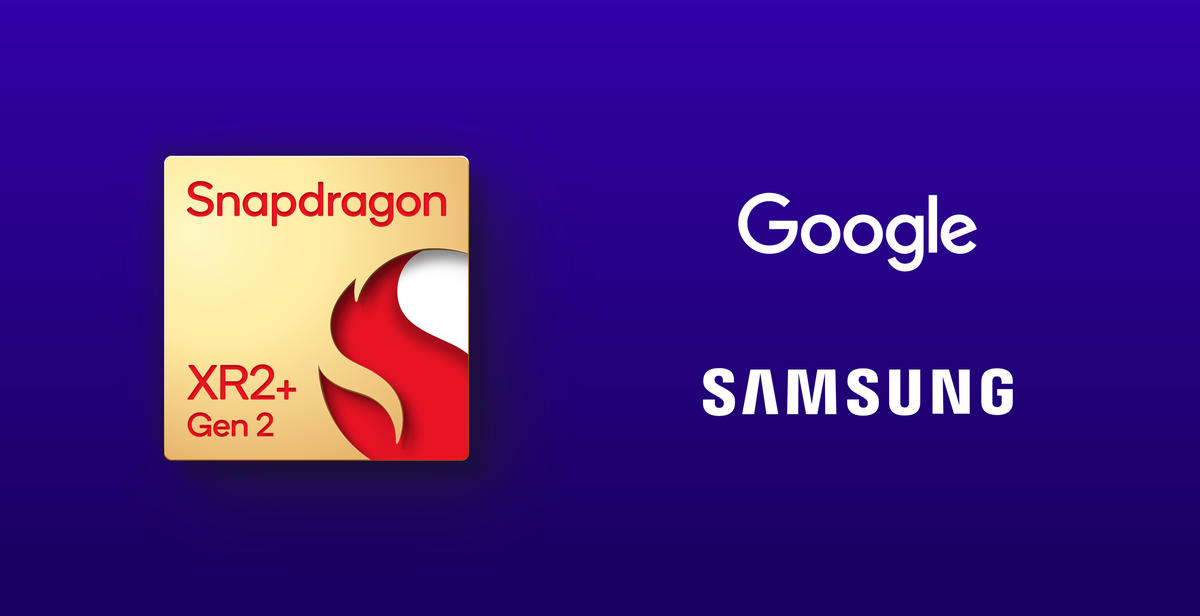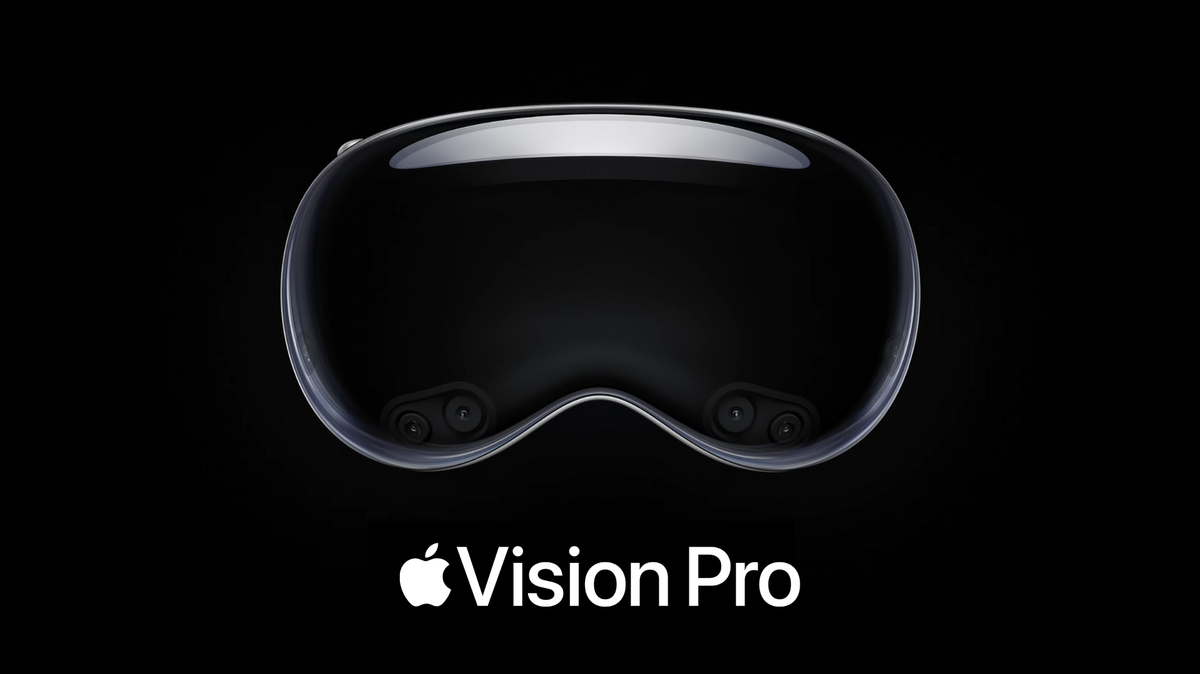Vivo Vision is now being demoed in stores in China, and the company has revealed its key specifications.
If you’re unfamiliar, Vivo is a Chinese smartphone company with around 10% global market share. It was originally owned by giant BBK Electronics, which also owned OnePlus, Oppo, and Realme, but Vivo became a fully independent company in 2023, when BBK ceased operations.
Vivo Vision was first announced back in March, though the company didn’t reveal any details beyond the name and design.
While some other headsets like Samsung’s and Play for Dream MR are clearly somewhat inspired by Apple Vision Pro, Vivo Vision verges into the realm of outright cloning. Its gray fabric facial interface, rear strap, external battery, and connector look almost identical to Apple’s, and even the name Vision was copied. The only notable core design departure is the side arms, which are metallic-looking instead of Apple Vision Pro’s white plastic.
Now, Vivo has revealed key specs and details of Vivo Vision.
The headset weighs just 398g, around 40% lighter than Apple Vision Pro, and 23% lighter than Meta Quest 3. It’s also more compact than either, with a less tall design.
Like Apple Vision Pro, Vivo Vision is primarily controlled with the gaze-and-pinch paradigm, leveraging eye tracking and hand tracking. For gaming, it also seems to include traditional Touch-like VR controllers.
The headset runs OriginOS Vision, Vivo’s fork of Android, and is powered by Qualcomm’s Snapdragon XR2+ Gen 2, the same chipset used in Play for Dream MR, Sony’s enterprise headset, and Samsung’s upcoming Android XR headset.
Like Apple Vision Pro, it requires the included tethered battery pack to operate.
Vivo Vision features dual 3840×3552 micro-OLED displays with a color gamut of 94% DCI-P3, slightly better than Apple Vision Pro’s 92% and slightly worse than Sony SRH-S1‘s 96%.
Four light seal sizes and eight foam padding options will be offered, to optimize the headset’s comfort for different wearers.
Snapdragon XR2+ Gen 2 Announced For Samsung Headset & More
Qualcomm just announced Snapdragon XR2+ Gen 2, a higher-end variant of the chipset used in Quest 3.

However, Vivo Vision is not yet a product, despite all the erroneous claims of a “launch” you may have read elsewhere. Preorders have not opened, and there is no shipping date.
It’s currently called “Vivo Vision Discovery Edition”, and is only available as a bookable demo in 12 Vivo stores in China, a country where Apple has also been demoing and selling Vision Pro for over a year now, in cooperation with retail partners.
Vivo executives told Chinese media outlets that the price “could come down to around ¥10,000” ($1400) when it eventually does launch, compared to the ¥30,000 of Apple Vision Pro. We expect it to ship in 2026.
New Vision Pro With M5 Chip Spotted In Apple Code
MacRumors say they found a reference to an M5 Vision Pro in Apple’s code, another twist in the rumor mill regarding what chip the headset will feature.

Of course, Apple won’t be resting on its laurels. Multiple reports suggest Apple plans to launch a refreshed Vision Pro with an upgraded chip and improved strap later this year, and MacRumors recently found references to an M5 Vision Pro in Apple code.
The XR2+ Gen 2 is already less powerful than the current Vision Pro’s M2, so by the time Vivo Vision does launch, it could be facing a significantly more powerful competitor.
Source link
#Vivo #Vision #Lighter #Apple #Vision #Pro #Price






























